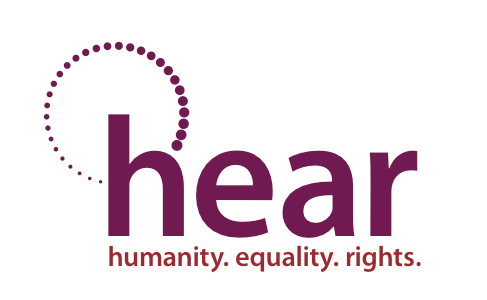Before the pandemic in 2020 we developed the #7DeadlySins of #DigitalExclusion with our members.
It includes examples of how to overcome barriers to make sure all Londoners are part of the #DigitalRevolution.
We would like your feedback
- What do you think?
- Could this help you explain digital exclusion to stakeholders and statutory authorities?
- How could it be better?
- Do you have examples of good practice you want to share?
1) Inaccessible technology
The device, programme, layout are not accessible to disabled and other people.
This can be cluttered websites, small font, self-service terminals that are too high up or that a wheelchair user cannot get close to, undescribed images, relying on QR codes, online forms, insecure networks without clear directions as to how to get support, ‘reasonable adjustments’ or real life alternatives.
2) Technical and technological language
Many Londoners speak English as an additional language. Many of us are not digital natives, and even those that are have differing knowledge, emojis are culturally specific and BSL users do not have the same grammar as verbal people. TBH IRL* = Communicate clearly, as you would meeting someone face to face for the first time.
*To Be Honest In Real LIfe
3) Intersectionality
Discrimination from different stigmatised identities creates cumulative exclusions; like being in a road traffic incident at a crossroad.
Someone who is a stroke survivor, not a digital native, speaks English as a second language and is living with domestic abuse will not be able to access the protection they need by your website being WCAG 2.1 AA compliant or some ‘silver surfer’ training.
4) Poverty
Many UK policy makers and privileged people presume that getting online is cheap to the point of free.
For intersectional people this is not the case. Devices, broadband and data, paper and printing and personal assistant hours all add up.
Additionally the most excluded often have to be online for longer. Public services are increasingly pushed to become digital-by-default whilst their websites/apps are labyrinths of poorly designed, inaccessible and out-of-date information, meaning it takes longer to find what is needed.
5) Shared Resources
Many marginalised people rely on shared resources to get online at home, in the library and by using hotspots.
Shared devices and accounts at home mean less time and privacy to use. When using digital technologies in public spaces, we rely on staff, friends or strangers to help us out.
Would you feel comfortable online banking in an internet café with the help of a waiter? Would you hand your bankcard to a stranger to access transport?
6) Poor privacy
Much of what we do digitally is as an individual. If you are reliant on shared resources or ‘help’ to access the digital world, then your right to privacy is infringed.
Maintaining your data rights and knowing if your online and IRL movements can be monitored is an important part of digital inclusion. Intersectional and poorer people are less likely to insist on their confidentiality or IRL alternatives and often feel compelled to give up their data rights even when they understand the risks.
Even when breaches of privacy are unlikely or rare everyone has the right to refuse to log-on, sync-up, be GPS-ed or RFID-ed, or share their email or biometrics. Online forms rarely allow you to ‘prefer not to say’.
7) Risk
Digital exploitation, harassment, theft and exclusion from statutory services, even those required for safeguarding, is of major concern to HEAR members.
Public services duties are to provide services and protect citizens not get people ‘online’ or reduce staff. Without Expert by Experience involvement rather than harnessing the egalitarian potential of the digital revolution, we are embedding and exacerbating the discrimination and marginalisation that already exists.
Download 7 Deadly Sins of Digital Exclusion
Download HEAR's 7 Deadly Sins of Digital Exclusion, which includes seven tips to including us in the digital revolution.
